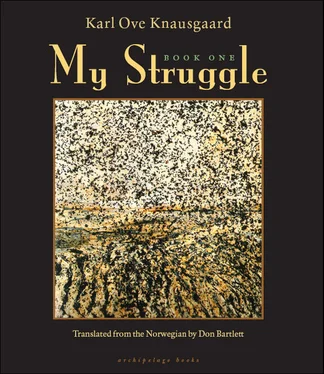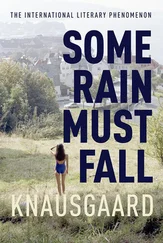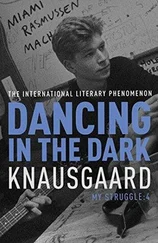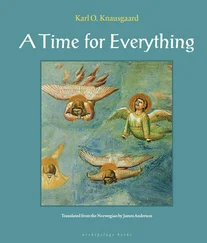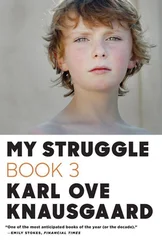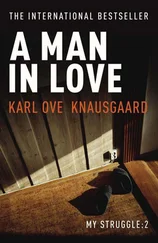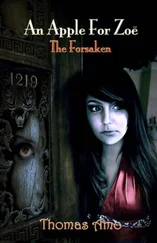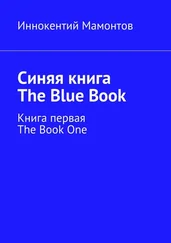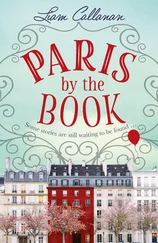I recognized the feeling, it was akin to the one some works of art evoke in me. Rembrandt’s portrait of himself as an old man in London’s National Gallery was such a picture, Turner’s picture of the sunset over the sea off a port of antiquity at the same museum, Caravaggio’s picture of Christ in Gethsemane. Vermeer evoked the same, a few of Claude’s paintings, some of Ruisdael’s and the other Dutch landscape painters, some of J.C. Dahl’s, almost all of Hertervig’s. . But none of Rubens’s paintings, none of Manet’s, none of the English or French eighteenth-century painters, with the exception of Chardin, not Whistler, nor Michelangelo, and only one by Leonardo da Vinci. The experience did not favor any particular epoch, nor any particular painter, since it could apply to a single work by a painter and leave everything else the painter did to one side. Nor did it have anything to do with what is usually termed quality; I could stand unmoved in front of fifteen paintings by Monet, and feel the warmth spread through my body in front of a Finnish impressionist of whom few outside Finland had heard.
I didn’t know what it was about these pictures that made such a great impression on me. However, it was striking that they were all painted before the 1900s, within the artistic paradigm that always retained some reference to visible reality. Thus, there was always a certain objectivity to them, by which I mean a distance between reality and the portrayal of reality, and it was doubtless in this interlying space where it “happened,” where it appeared, whatever it was I saw, when the world seemed to step forward from the world. When you didn’t just see the incomprehensible in it but came very close to it. Something that didn’t speak, and that no words could grasp, consequently forever out of our reach, yet within it, for not only did it surround us, we were ourselves part of it, we were ourselves of it.
The fact that things other and mysterious were relevant to us had led my thoughts to angels, those mystical creatures who not only were linked to the divine but also to humanness, and therefore expressed the duality of the nature of otherness better than any other figure. At the same time there was something deeply dissatisfying about both the paintings and angels, since they both belonged to the past in such a fundamental way, that part of the past we have put behind us, that is, which no longer fit in, into this world we had created where the great, the divine, the solemn, the holy, the beautiful, and the true were no longer valid entities but quite the contrary, dubious or even laughable. This meant that the great beyond, which until the Age of Enlightenment had been the Divine, brought to us through the Revelation, and which in Romanticism was nature, where the concept of Revelation was expressed as the sublime, no longer found expression. In art, that which was beyond was synonymous with society, or the human masses, which fully encompassed its concepts of validity. As far as Norwegian art is concerned, the break came with Munch; it was in his paintings that, for the first time, man took up all the space. Whereas man was subordinate to the Divine through to the Age of Enlightenment, and to the landscape he was depicted in during Romanticism — the mountains are vast and intense, the sea is vast and intense, even the trees are vast and intense while humans, without exception, are small — the situation is reversed with Munch. It is as if humans swallow up everything, make everything theirs. The mountains, the sea, the trees, and the forests, everything is colored by humanness. Not human actions and external life, but human feelings and inner life. And once man had taken over, there seemed not to be a way back, as indeed there was no way back for Christianity as it began to spread like wildfire across Europe in the first centuries of our era. Man is gestalted by Munch, his inner life is given an outer form, the world is shaken up, and what was left after the door had been opened was the world as a gestalt: with painters after Munch it is the colors themselves, the forms themselves, not what they represent, that carry the emotion. Here we are in a world of images where the expression itself is everything, which of course means that there is no longer any dynamism between the outer and the inner, just a division. In the modernist era the division between art and the world was close to absolute, or put another way, art was a world of its own. What was taken up in this world was of course a question of individual taste, and soon this taste became the very core of art, which thus could and, to a certain degree in order to survive, had to admit objects from the real world. The situation we have arrived at now whereby the props of art no longer have any significance, all the emphasis is placed on what the art expresses, in other words, not what it is but what it thinks, what ideas it carries, such that the last remnants of objectivity, the final remnants of something outside the human world have been abandoned. Art has come to be an unmade bed, a couple of photocopiers in a room, a motorbike in an attic. And art has come to be a spectator of itself, the way it reacts, what newspapers write about it; the artist is a performer. That is how it is. Art does not know a beyond, science does not know a beyond, religion does not know a beyond, not anymore. Our world is enclosed around itself, enclosed around us, and there is no way out of it. Those in this situation who call for more intellectual depth, more spirituality, have understood nothing, for the problem is that the intellect has taken over everything. Everything has become intellect, even our bodies, they aren’t bodies anymore, but ideas of bodies, something that is situated in our own heaven of images and conceptions within us and above us, where an increasingly large part of our lives is lived. The limits of that which cannot speak to us — the unfathomable — no longer exist. We understand everything, and we do so because we have turned everything into ourselves. Nowadays, as one might expect, all those who have occupied themselves with the neutral, the negative, the nonhuman in art, have turned to language, that is where the incomprehensible and the otherness have been sought, as if they were to be found on the margins of human expression, on the fringes of what we understand, and of course, actually, that is logical: where else would it be found in a world that no longer acknowledges that there is a beyond?
It is in this light we have to see the strangely ambiguous role death has assumed. On the one hand, it is all around us, we are inundated by news of deaths, pictures of dead people; for death, in that respect, there are no limits, it is massive, ubiquitous, inexhaustible. But this is death as an idea, death without a body, death as thought and image, death as an intellectual concept. This death is the same as the word “death,” the bodiless entity referred to when a dead person’s name is used. For while the person is alive the name refers to the body, to where it resides, to what it does; the name becomes detached from the body when it dies and remains with the living, who, when they use the name, always mean the person he was, never the person he is now, a body which lies rotting somewhere. This aspect of death, that which belongs to the body and is concrete, physical and material, this death is hidden with such great care that it borders on a frenzy, and it works, just listen to how people who have been involuntary witnesses to fatal accidents or murders tend to express themselves. They always say the same, it was absolutely unreal , even though what they mean is the opposite. It was so real. But we no longer live in that reality. For us everything has been turned on its head, for us the real is unreal, the unreal real. And death, death is the last great beyond. That is why it has to be kept hidden. Because death might be beyond the term and beyond life, but it is not beyond the world.
Читать дальше
